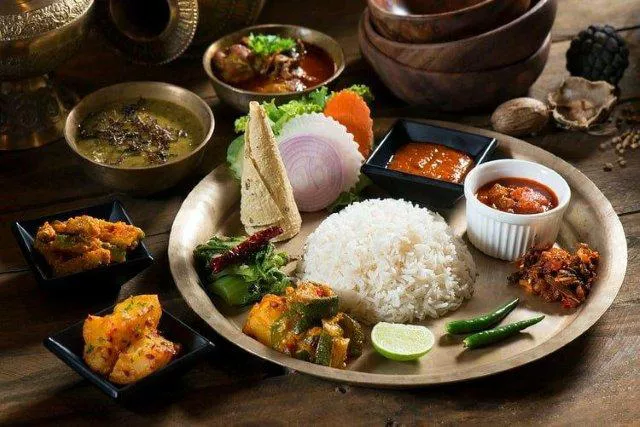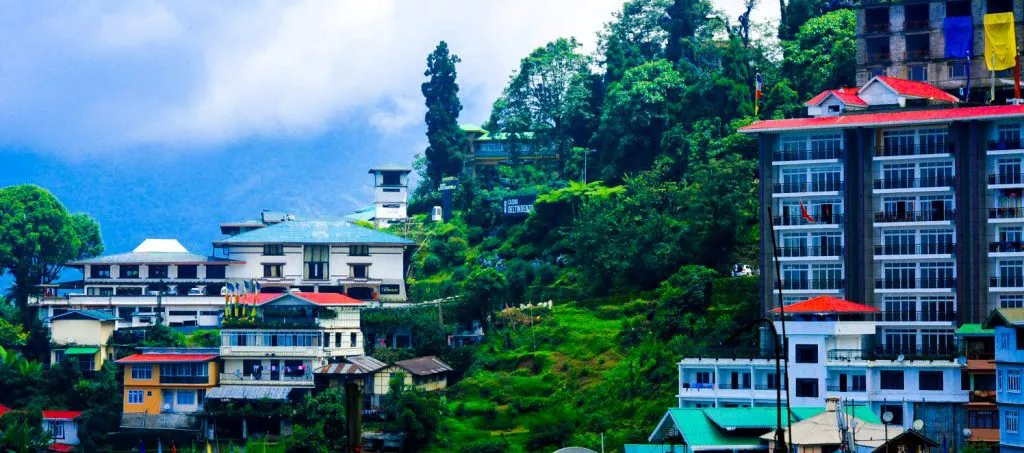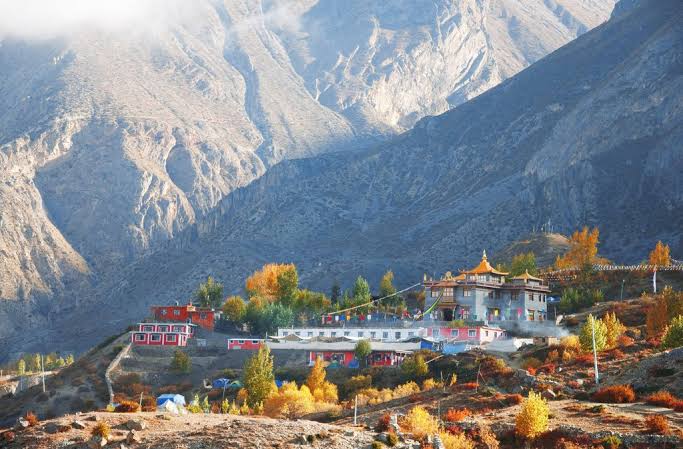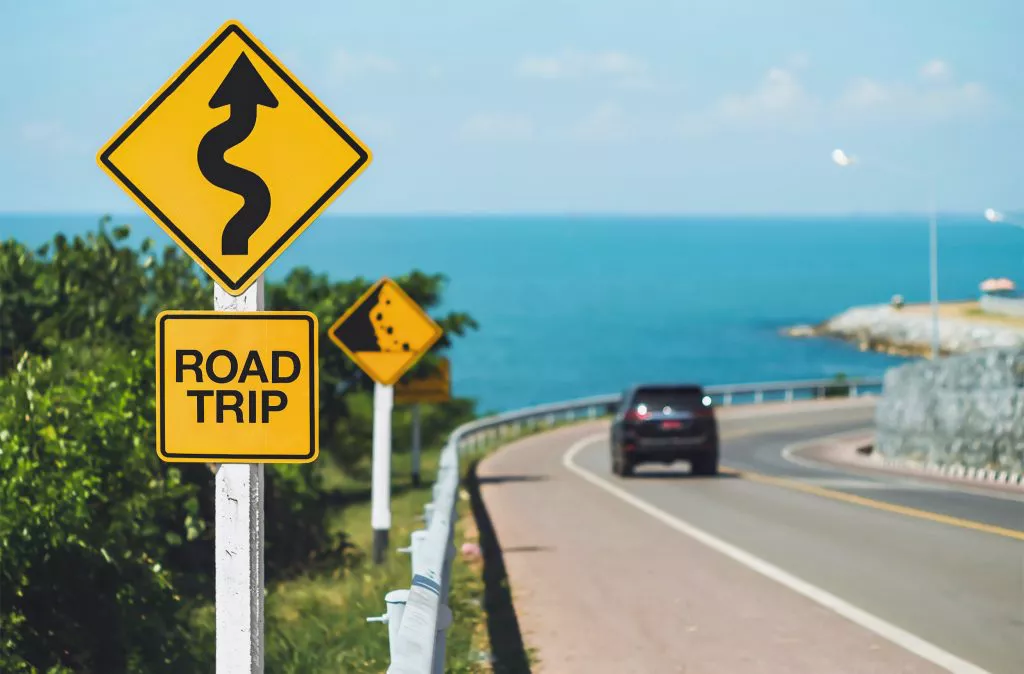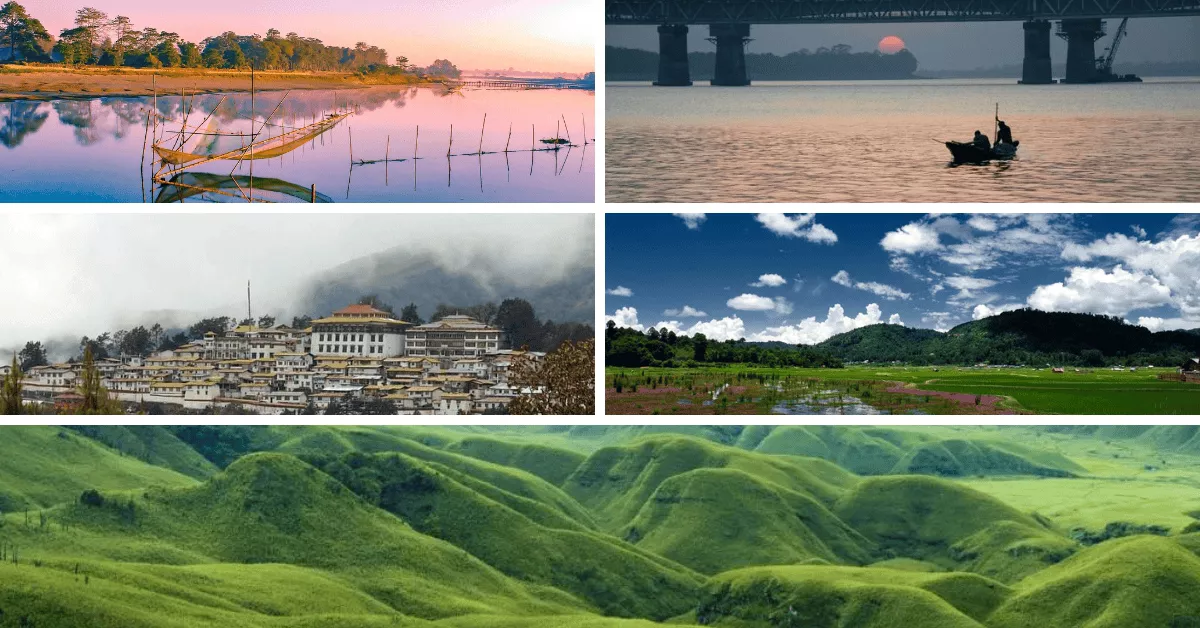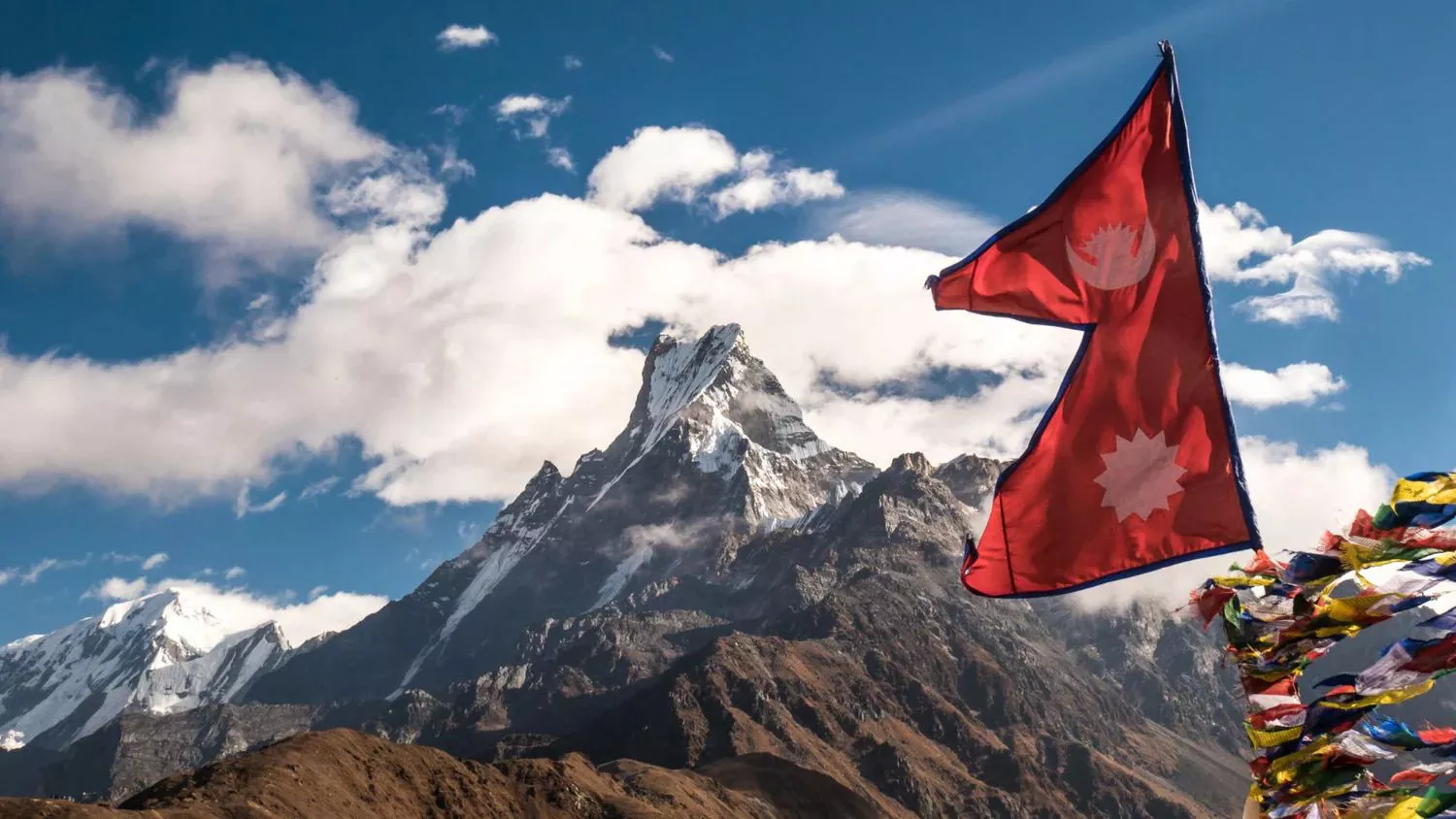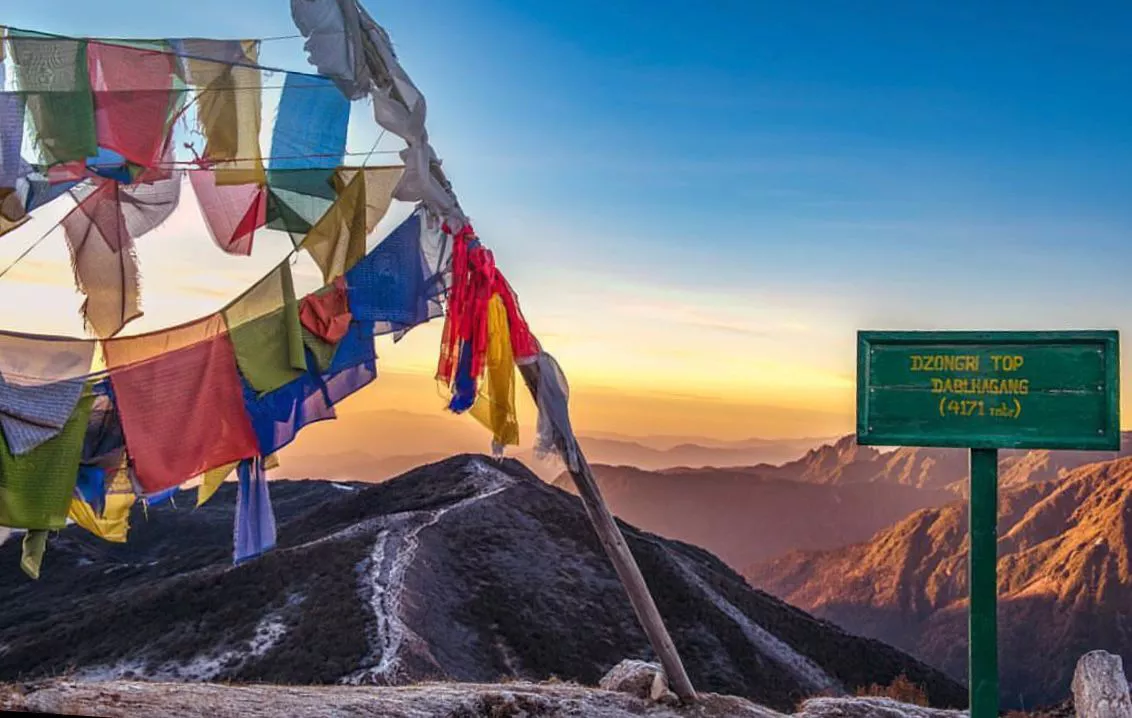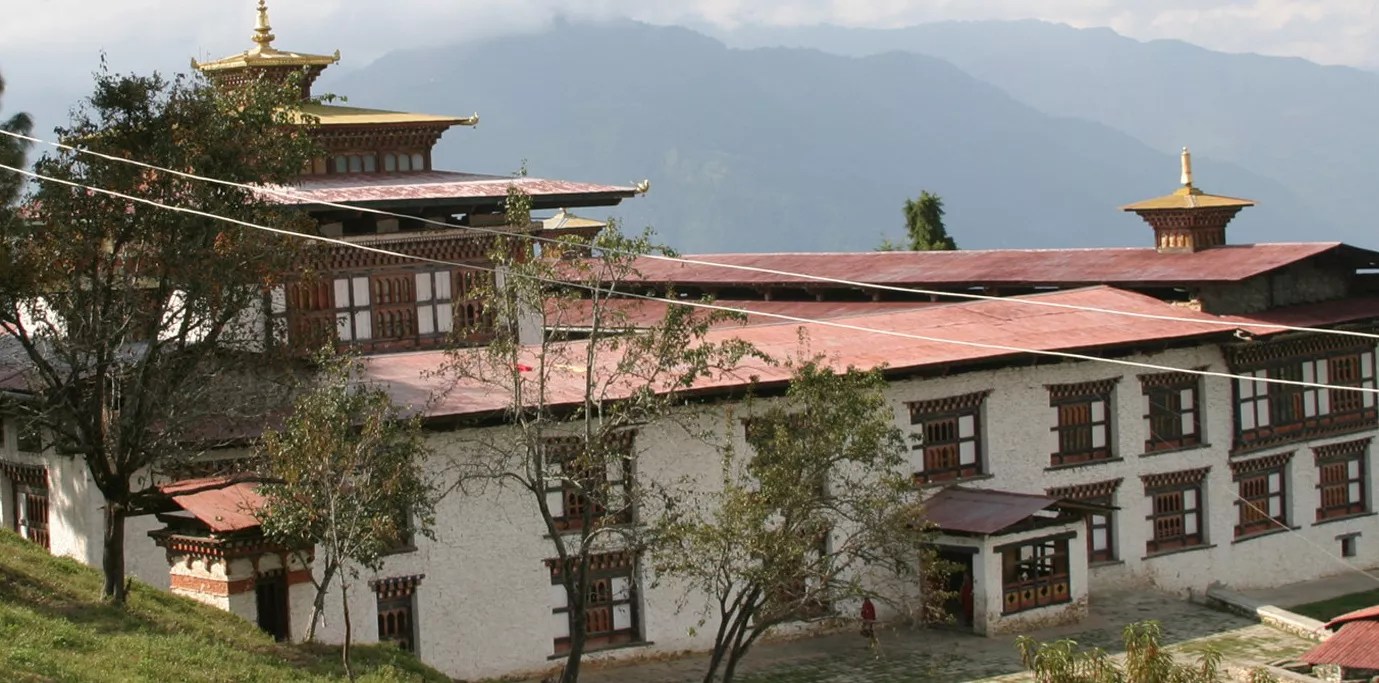
This is one of Bhutan’s newest Dzongs. It was built in 1930 keeping with the tradition of not using any drawings or nails. The dzong provides the impression of how traditional Bhutanese architecture has continued to thrive through the centuries.
In the past, this region was known as the bastion of the Zhongarps as it produced some of the finest administrators in the country whose descendants still continue to play an active part in the political scene of Bhutan.
Mongar Dzong was built as a substitute to the beautiful Shongar Dzong that was tragically destroyed by a fire in 1929. The third King Jigmye Dorje Wangchuk ordered the construction of the Mongar Dzong and in accordance to the Dzong tradition.
However, unlike the earlier dzongs, that are located in strategic positions, Mongar Dzong is located on a small gently sloping area just above the town. A visit to Mongar Dzong demonstrates how traditional Bhutanese architecture has continued to thrive through the centuries.
A distinguishing feature of the Mongar Dzong is its two entrances as most dzongs have only one. There are 4 lhakhangs inside and the most important amongst them are the Sanjay Lhakhang and the goenkhang (chapel for deities).
The best time to visit Mongar Dzong is in the month of November when the grand week of Mongar Tsechu happens. It takes 30 to 40 minutes from Mongar town to reach here.
